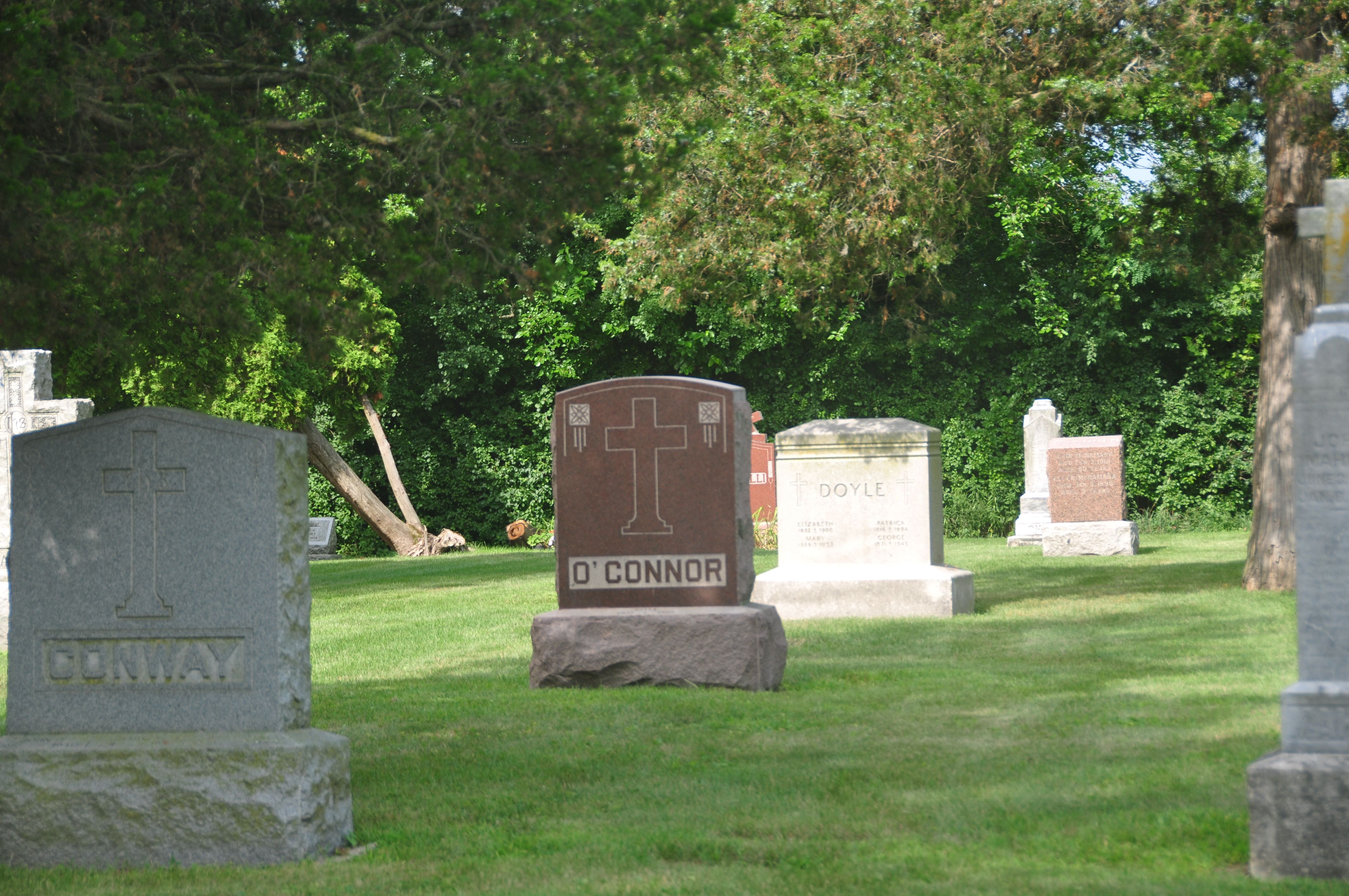
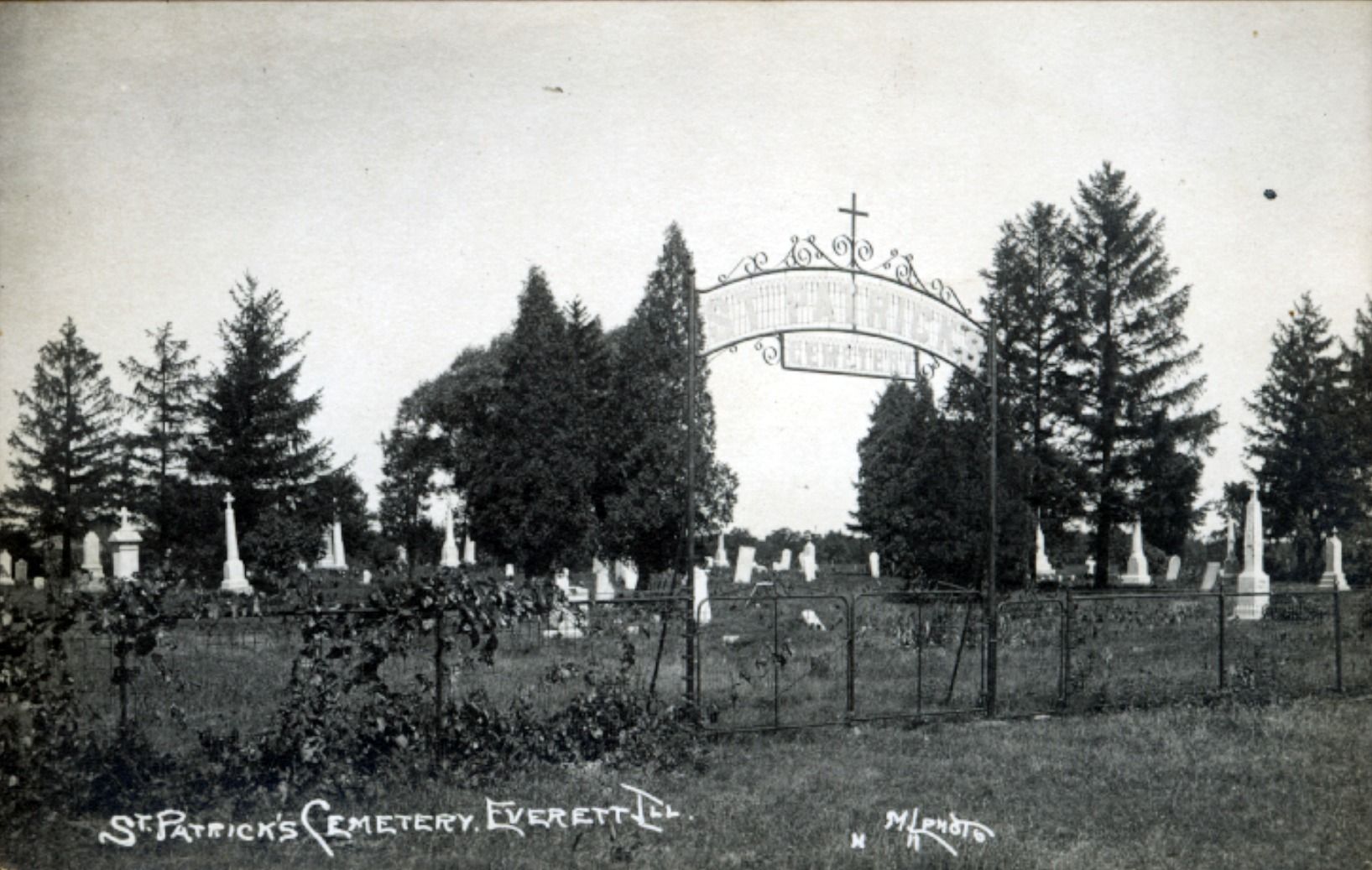
Image courtesy Bess Bower Dunn Museum.

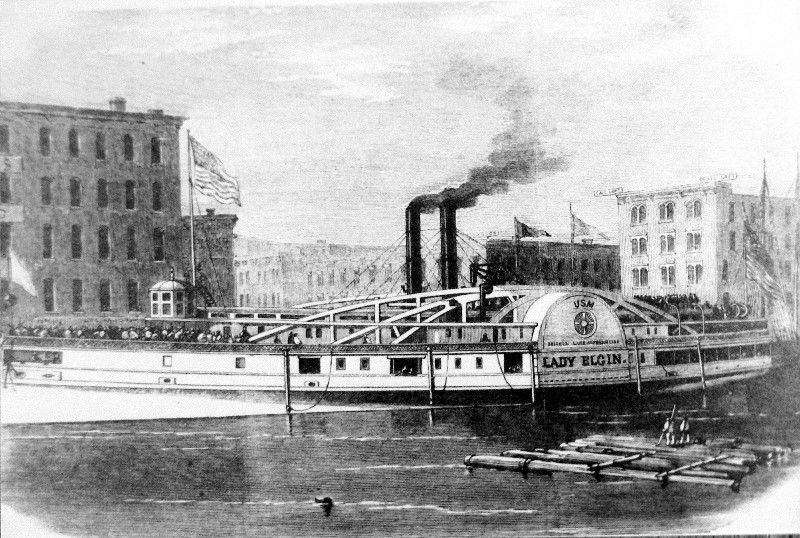
Sketch from a photo by S. Alschuler.
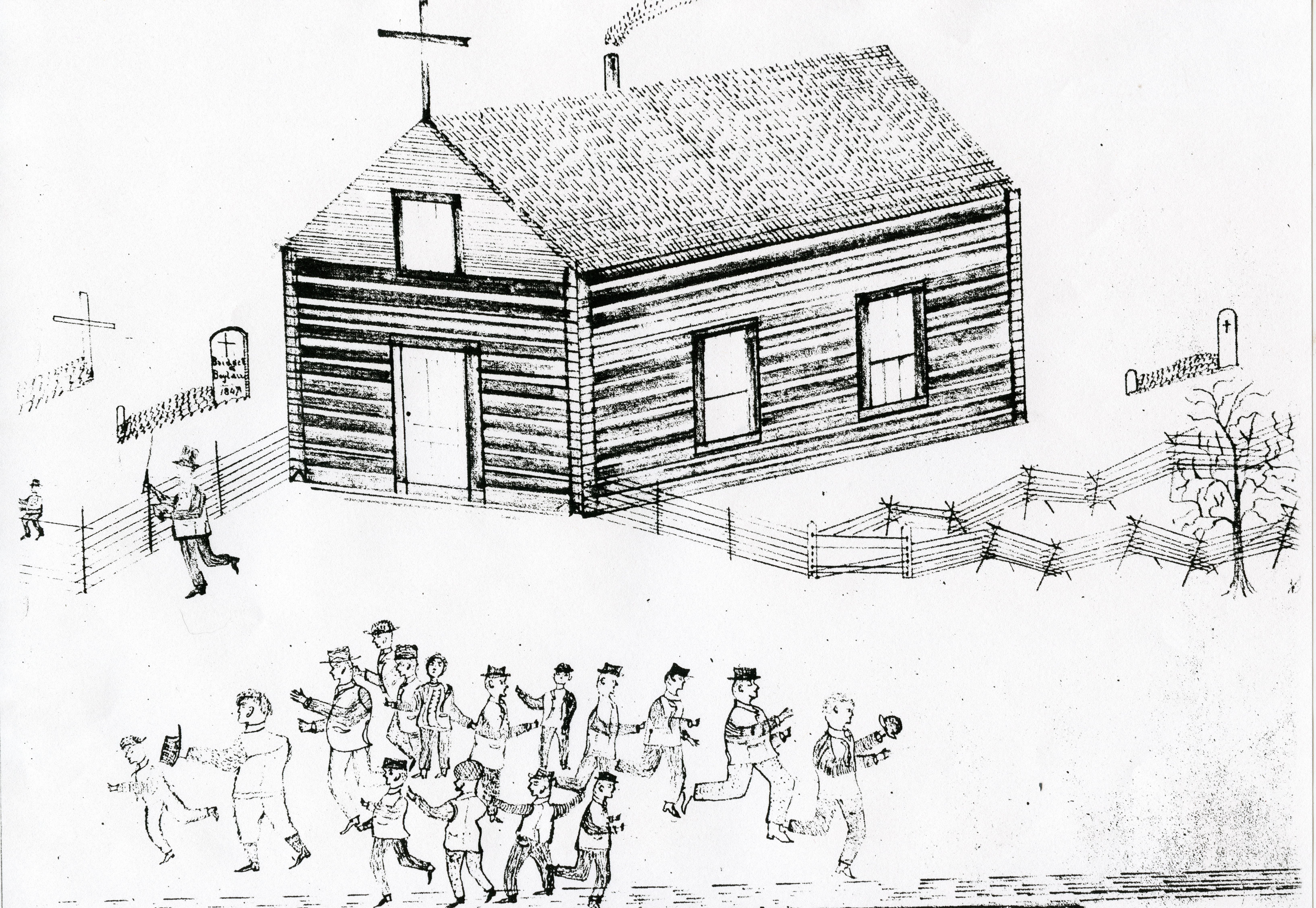
1897 drawing by pioneer resident Patrick Doyle, reminiscing about the early days in west Lake Forest.
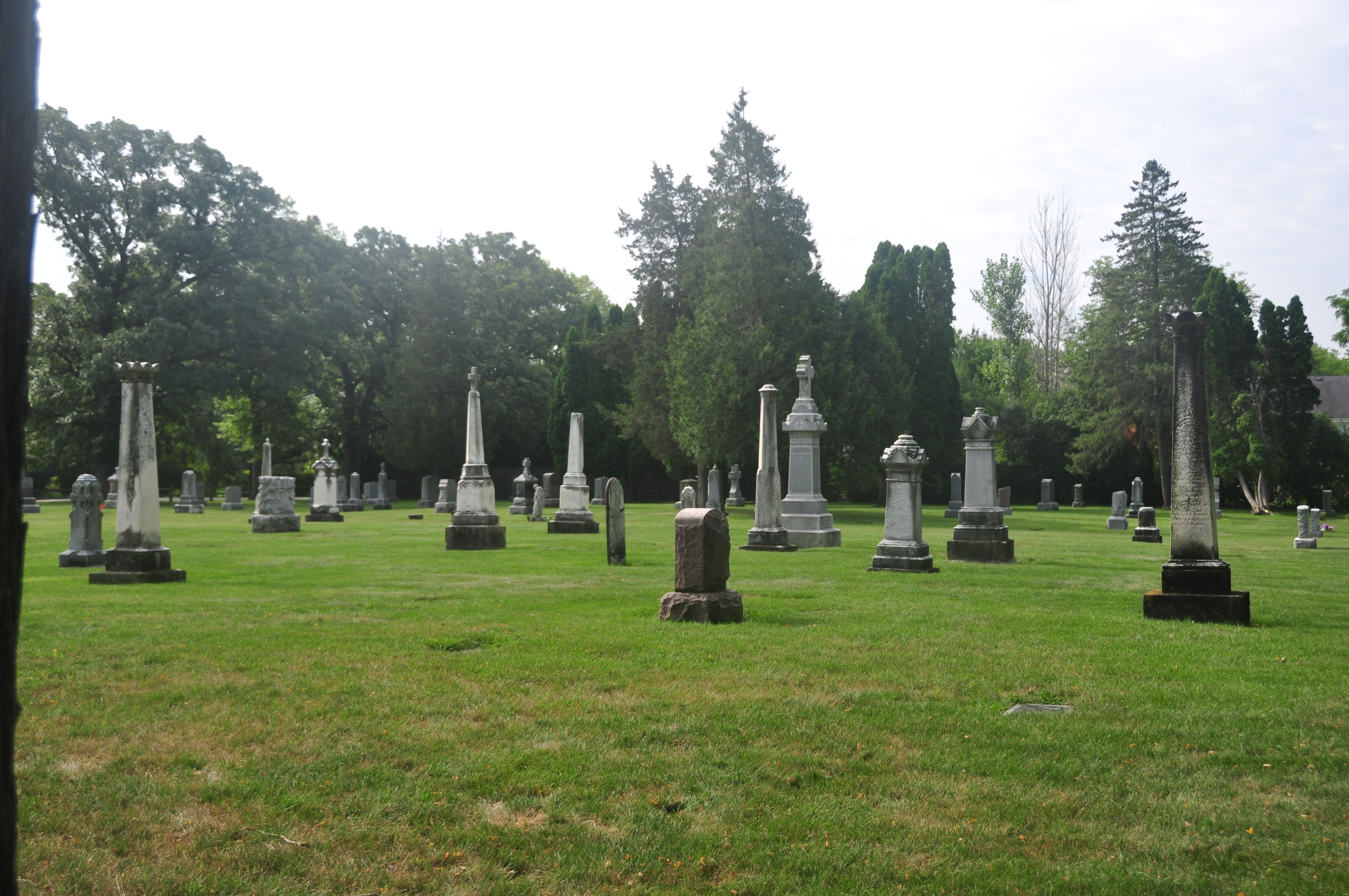
The stones in St. Patrick's Cemetery read like a list of west Lake Forest's pioneer families: Atkinson, Barker, Burns, Carolan, Conway, Dawson, Doyle, Fagan, Gibbons, Kennedy, Lancaster, Masterson, Meehan, Melody, O’Connor, Redmond, Yore. The first headstone was erected to Bridget Boylan in 1847.
St. Patrick Catholic Church is not only the oldest church in (what became) Lake Forest, but one of the oldest in Lake County, and was even among the earliest dozen parishes established in the Chicago archdiocese. But it was St. Patrick’s Cemetery that came first, not (as more often happens) the other way around.
The story of the cemetery is shrouded in lore. Most likely it was just established as a necessity as more pioneers began to live (and die) in the vicinity. However, a persistent tale arose attributing the founding of the cemetery to a shipwreck.
In 2018 History Center interns Grace Bentley and Megan Szostak investigated this story - their findings are below:
"According to Lake Forest lore, the collision of two ships--allegedly occurring in 1840--led to the creation of St. Patrick’s Cemetery after dozens of deceased Irish Catholic sailors were found on the shores of Lake Michigan near Lake Forest. In this rendition, early settler Michael Yore donated a plot of land that would be used for the burial of these unnamed sailors.
Possibly, this reputed collision is referring to the infamous disaster of the Lady Elgin, whose collision with the schooner Augusta led to the deaths of upwards of 300 passengers of mostly Irish descent in 1860 off the shores of Lake Forest, Highland Park and Winnetka. While many of the details line up with St. Patrick’s lore, the Lady Elgin wreck occurred nearly twenty years after the establishment of the cemetery. Many Lady Elgin vicitms were bured in family plots in Calvary Cemetery in Chicago - those who were not identified were interred at a mass grave in Highwood.
We've found no records of any ship collisions in 1840 along the north shore of Chicago. Shipping in the southwestern waters of Lake Michigan was not common until the late 1850s, so it is not terribly likely that there was such a shipwreck in 1840.
Also, due to the lack of modern refrigeration and embalming techniques, bodies had to be buried very near to where they were recovered - St. Patrick's is located four miles inland.
As the decades passed after the cemetery’s founding, and exact details were lost the recesses of history, it is highly probable that contemporary west Lake Forest residents mistakenly attributed the Lady Elgin victims to the early graves of the cemetery."
It is true that St. Patrick’s cemetery was built on the land that had belonged to Michael Yore, but it was a man named James Fagan who donated the land to the cemetery, which became St. Patrick’s Cemetery in 1844 upon the founding of St. Patrick’s Church. Fagan wanted a high piece of land for the cemetery, so traded an acre of his land for the desired acre of Yore’s land, which he proceeded to give to the community as a proposed cemetery. A log church was built beside the cemetery along Corduroy Road in 1844. In its early days, St. Patrick’s Church was used as a school, and was officially founded as a Catholic parish in 1849.
The cemetery remained at the site - being more than complicated to move - even when a new brick St. Patrick church was built in 1855 at the northeast corner of what is now Waukegan Road and Route 60.
